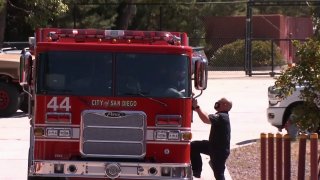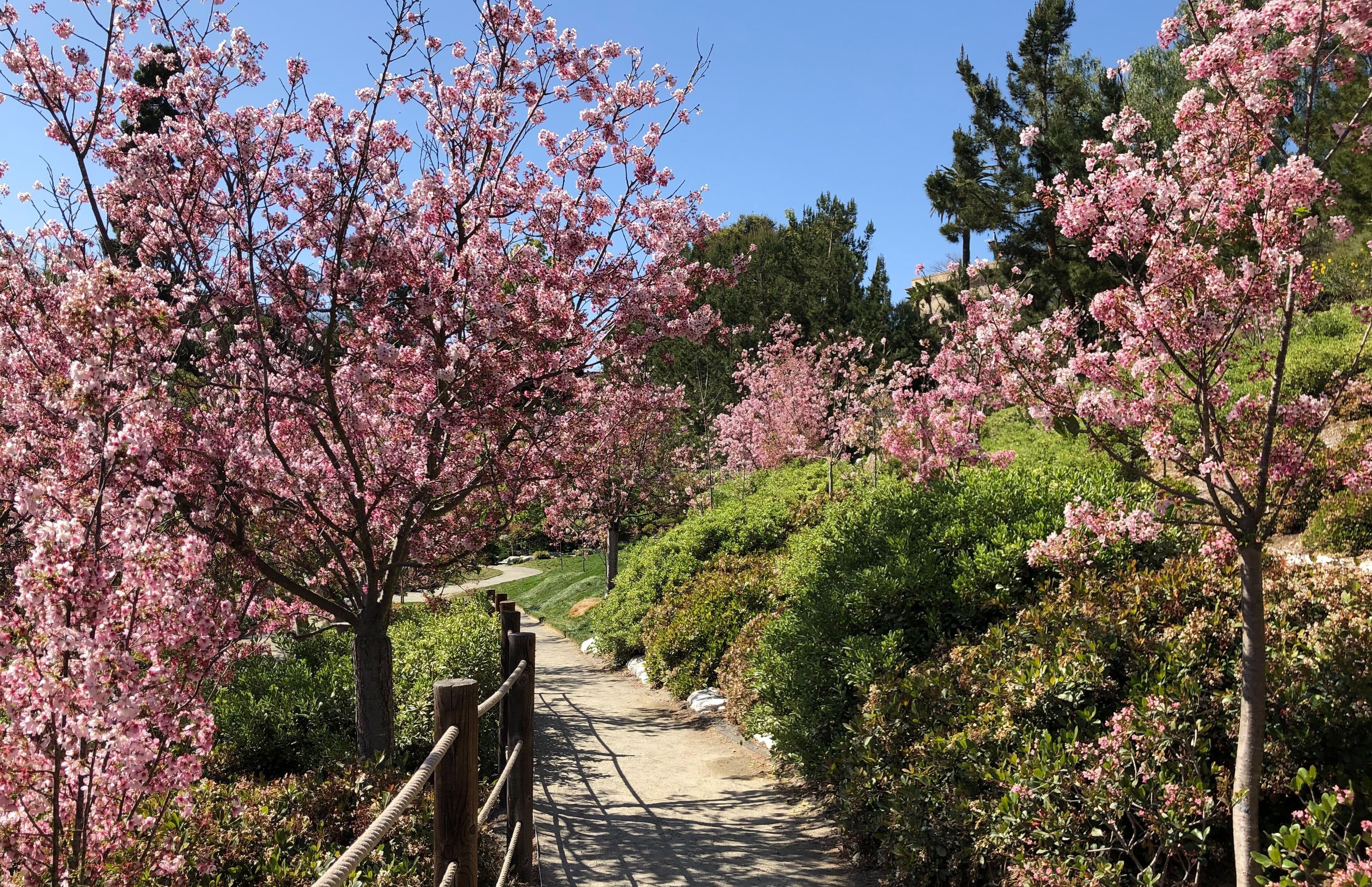
“If I ask people -- and I do this a lot -- if you could draw me a picture of a firefighter, what would your firefighter look like?,” said Capt. Jason Shanley, the city of San Diego’s first full-time recruitment officer. "And most people are going to draw a tall, white guy with a moustache."
It’s an image Shanley wants to change — and he sees a lot of room for improvement.
“Why? That's because that's the narrative," Shanley said. "The narrative is that you have to be a tall, white guy with a moustache, even though that's not true. The narrative a lot of times is going to dictate how we operate in life, and so we want to change the narrative.”
Ninety-six percent of firefighters in the U.S. are men, and 82% are white; Many fire departments recognize the lack of diversity as a problem and say they’re committed to increasing racial and gender diversity.
Get San Diego local news, weather forecasts, sports and lifestyle stories to your inbox. Sign up for NBC San Diego newsletters.
Now, San Diego’s is working on a potential solution.
City officials say they’re committed to hiring firefighters who better reflect the communities they serve, but with 65 stations across San Diego, the fire department faces an uphill battle — and that’s why Shanley wants to help.
“This is the first time in our history that we've had a full-time person dedicated to recruitment … we're building on that now because we realize -- our fire chief realizes -- that we really need to have a lot more representation,” Shanley said.
Local
Shanley's duties include building and maintaining community relationships, managing a staff and developing programs from scratch that bring greater awareness to underrepresented communities in San Diego.
The fire captain regularly visits churches, schools and community centers across the city to encourage San Diegans to consider a career in the fire department. He admits the changes he hopes for will take time but said he’s willing to put in the work.
“Diversity isn't just ethnicity," Shanley said. "Diversity is not just gender. Diversity also includes thoughts. It includes different beliefs, different religions, different ideas. And that's important because San Diego is not a monolith. San Diego has a lot of different people that think a lot of different ways.”
The city recently released a pay-equity study of city employees that showed San Diego firefighters make less than any other department in the county and less than in nearby counties as well.
A fire recruit in the city of San Diego makes under $33,000 a year, while recruits in Orange County and Los Angeles make more than $71,000 a year. For most recruits the opportunity of a career at SDFD is not worth the financial sacrifice, causing hiring to be a challenge.
According to the study, firefighters make up 8% of the city's workforce and 96 percent of the fire department is male.
“I will go to a lot of people and say, ‘Have you ever considered a career as a firefighter?’ And they’d say ‘Who? Me?’ And I would always say, ‘Well, why not you?’ " Shanley said.
Nancy Castro, a firefighter at San Carlos’ Station 44, told NBC 7 she used to ask herself the same question.
“Why not me?” Castro said. “A coach of mine, I brought this idea of like, 'I want to be a firefighter.' ‘It's impossible for women’ is exactly what she told me … so I dove right into it. I took classes … and I was hooked from my first class.”
According to the city’s study, San Diego employed 749 standard-hour firefighters in 2019. Only 4% were women.
Castro, a first-generation Mexican American, is bilingual in Spanish and English. She told NBC 7 there have been many times she is the only one in her fire crew able to communicate with the public when responding to a call.
“My crew is depending on that, and I'm definitely happy to do that for them,” Castro said. “I know that, as a Hispanic female, I definitely bring something to the table. I can make a difference in those calls.”
Both Shanley and Castro said they're dedicated to encouraging people of all backgrounds to join the department and won’t stop until they see the people they serve equally represented among their peers.



